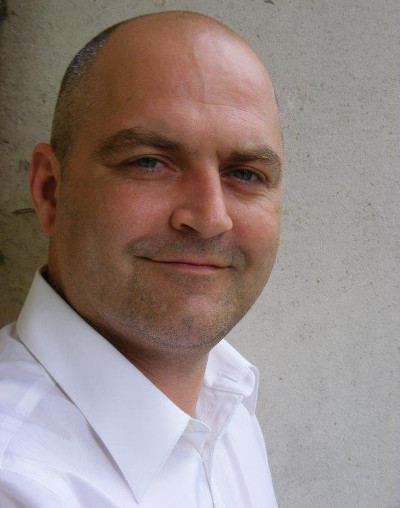
Today we talk to David Appleyard, the former chief editor of Renewable Energy World Magazine turned energy, environment and technology freelancer. He chats to us about magazine launches, Nobel Prize winners, and that dreaded post press release phone call.
So you’ve been the chief editor for Renewable Energy World Magazine and a number of other Penwell titles, what did that entail?
This was a varied and demanding role, working across digital and print media in a number of renewable energy sectors and associated events. In practice this means everything from conceiving and launching new products, such as Wind Technology, through developing conference programmes and chairing CEO panel discussions and on to the day-to-day magazine and digital content production.
What subjects will you be looking to cover now you are going freelance?
I have always focused on energy, the environment and technology and having covered these sectors for many years will continue to do so. That said, I studied mechanical engineering at university and perhaps that is why I have a particular affinity with wind turbine technology.
What is the most memorable/enjoyable work you’ve done?
I have been lucky enough to launch a number of magazine titles during my career. To help create something from concept to reality and to see the first issue in print is a highlight.
Who would be your dream interviewee?
Buzz Aldrin.
Where do you source your ideas for articles?
A multitude of sources, industry contacts, conferences/exhibitions, site visits and press trips, press releases and PRs.
How can PRs be useful to you?
They can be extremely useful in facilitating content development, generating content and pitching ideas.
How and when do you like them to get in touch?
I am always happy to communicate with PRs in person or via email and phone, with one exception – it’s the phone call which immediately follows the press release email asking: ‘Did you get the press release?’
Do you find press conferences, trips, parties and other events useful or an interruption?
Always useful, the challenge is to fit such events into an extremely busy day in the office and balance this ‘lost’ time against potential editorial outcomes.
How did you originally get started in journalism? Who do you look up to/respect in the industry?
I never had any intention of being a journalist – more scientist or engineer – but straight out of university and in need of an immediate job I found myself in a related sector. This was as a result of my technical background, rather than any obvious writing ability, but it nonetheless led to a job as a journalist covering the energy industry. The people I admire are the engineers, designers and scientists who help to shape and expand our understanding of the world around us. A recent example is Nobel Prize winner Peter Higgs.
How would you pay the bills if you weren’t a journalist?
Full-time photographer.
If we gave you £1000, how would you spend it?
I have my eye on a new lens, it would go towards that.
Do you tweet? Why, why not?
I do tweet, but rather infrequently and generally to highlight a particular article or feature.
What books are on your bedside table, magazines in your bag, or blogs on your screen?
I am a reader of photography and astronomy magazines.
David can be reached by email at DavidJAppleyard1@gmail.com.

